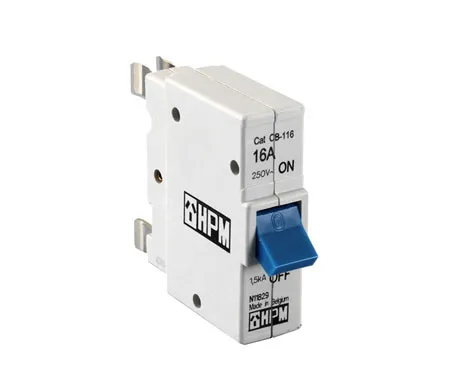Why does my breaker keep tripping with nothing plugged in?
A circuit breaker also known as a trip switch, that keeps tripping /shuts off with nothing plugged in is often a sign of an underlying electrical issue. If you've experienced this it can be frustrating and confusing. Circuit breakers are designed to trip when there's an overload, short circuit, or fault in the electrical system to protect your home and prevent fire hazards. However, when no devices are plugged in, it might seem like the breaker is malfunctioning for no reason. To protect your home and electrical system it's crucial to have the problem identified and resolved as soon as possible. If the reason is not clearly obvious to you, consult an electrician to identify and resolve the problem. By addressing the issue promptly, you can ensure your electrical system remains safe and reliable, giving you peace of mind.

Common causes of a tripping breaker:
Overloaded Circuit - An overloaded circuit can trip a breaker even if there are no devices plugged in, as it is drawing more current than the breaker is rated for. If your circuit has multiple outlets or lights on the same breaker, even a minor overload could cause it to trip. The solution is to check if other appliances or devices on the same circuit could be drawing power, and move some to different circuits to balance the load.
Faulty Wiring - Damaged or deteriorated wiring can cause electrical issues even when no devices are plugged in. Frayed wires, loose connections, or exposed areas can cause short circuits, leading to breaker trips. Have a licensed electrician inspect your wiring for any damage or wear, as this is a safety concern that requires professional attention. Wiring issues should be repaired immediately to avoid more significant problems.
Ground Faults - A ground fault occurs when the hot wire touches a ground or neutral wire, causing the breaker to trip. This can happen due to faulty wiring or moisture getting into the system. The solution is to install a Ground Fault Circuit Interrupter (GFCI) breaker, which is more sensitive to ground faults. An electrician can diagnose and resolve the issue if it's due to faulty wiring.
Short Circuit - A short circuit happens when the hot wire makes direct contact with the neutral wire, causing a high current that trips the breaker and can occur in the breaker panel or inside the walls. An electrician will need to locate where the short circuit is and repair it.
Old or Faulty Breaker - Breakers wear out over time and can trip even when there’s no reason, especially if the breaker is old or damaged. Consult a qualified electrician to inspect and replace a faulty circuit breaker if required
Nuisance Tripping - In rare cases, your breaker may be tripping due to its sensitivity, which is known as nuisance tripping. Some breakers are designed to trip at lower current thresholds for safety, even if the load is minimal. In this instance consider upgrading to a more suitable breaker with a higher trip threshold. to ensure that the breaker is appropriate for your home’s needs.
Loose Connections - Loose connections in the breaker box can cause intermittent trips, even with no load. These connections may heat up, causing the breaker to trip as a protective measure. An electrician will inspect the breaker panel and tighten any loose connections to prevent further issues.
What to do if your breaker keeps tripping:
If your breaker continues to trip with nothing plugged in, it’s essential to identify the underlying issue. The homeowner can conduct the initial inspection, however if it's not clear what the issue is, consult a professional. Electrical problems can be dangerous, and it’s crucial to ensure your system is functioning correctly. Steps you should take in the first instance:
- Check the breaker panel - Look for any signs of damage, such as burnt or melted areas, if visibly damaged, it should be replaced.
- Inspect the circuit - Look for damaged wiring, exposed wires, or signs of moisture near the outlets or switches on the circuit.
- Call a professional - If you're unable to pinpoint the issue or if you're not comfortable handling electrical repairs, it’s best to call a licensed electrician.

If you're experiencing frequent breaker trips, don’t hesitate to contact a licensed electrician to get your home’s electrical system inspected, repaired and protected
